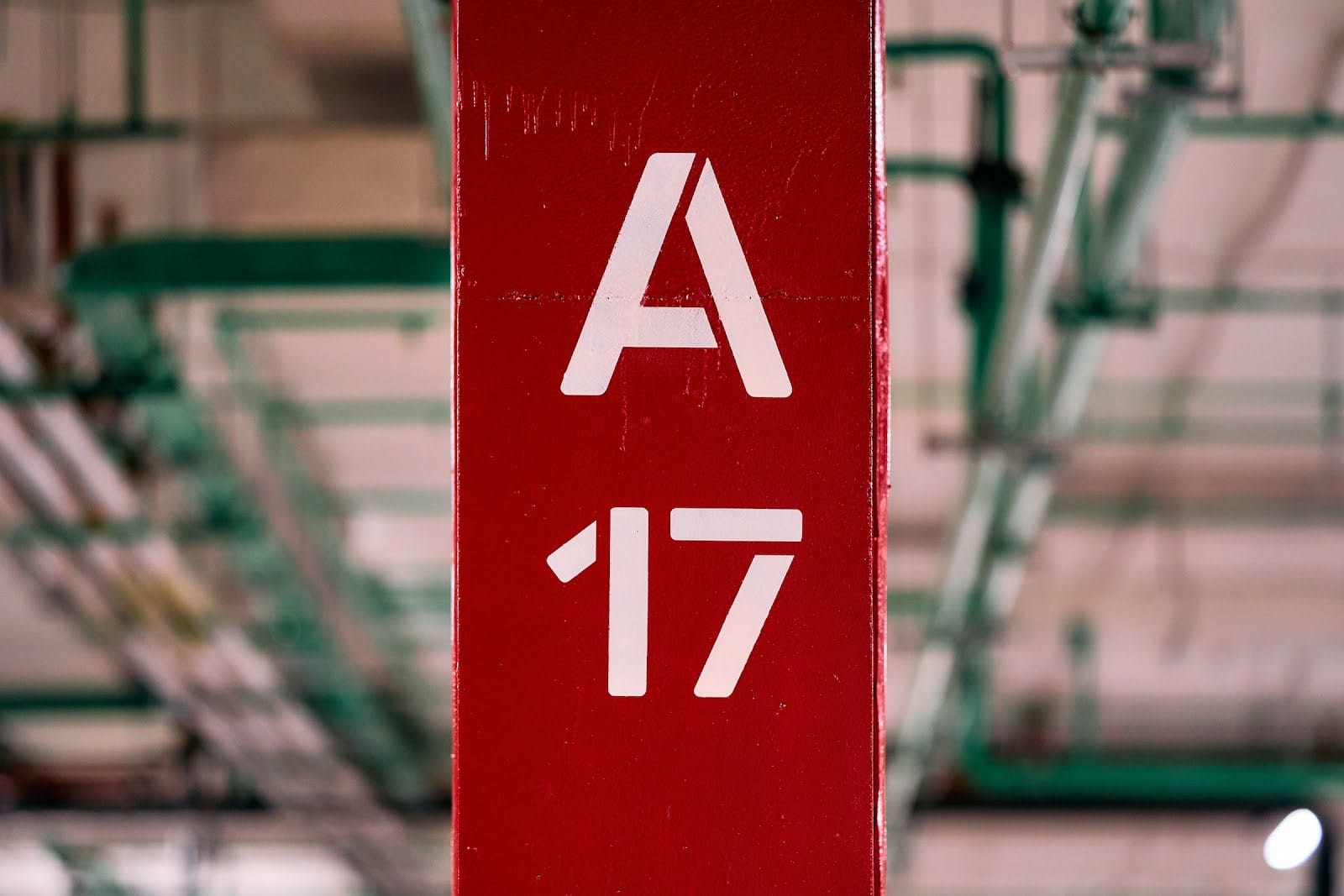
Backdoor Roth IRAs: Everything You Need To Know (2024)
A Backdoor Roth is a way for a high earner to contribute more to retirement by converting a traditional IRA into a Roth IRA.
This is a powerful loophole — this isn’t a way to dodge your taxes, however. You still need to understand all of the tax implications before you decide to leverage a Backdoor Roth to make sure that it’s right for you. So let’s cover:
- What is an IRA?
- How does a Backdoor Roth work?
- The (possible) half-life of a Backdoor Roth
- How to open up an IRA account
- Make the smartest investment today
To learn how a Backdoor Roth works and how to set one up, you need to first understand what an IRA is.
What is an IRA?
IRA stands for individual retirement account. It’s an investment account that gives you powerful tax advantages when saving for retirement.
And there are two types of IRAs available:
- Traditional IRA. This account allows you to invest pre-tax income. You’ll roll over your 401k into a traditional IRA whenever you leave a job. Currently, anyone younger than 70 ½ -years-old is allowed to contribute to a traditional IRA. Once you hit that age, you are required to take out a minimum withdraw each year that is a specific percentage of your funds.
- Roth IRA. This account uses your after-tax money to invest, giving you an even better deal on your investment, as you’ll also pay no taxes on any gains when you withdraw on it. There are currently no age restrictions on a Roth IRA — however, there are income restrictions.
Currently, there’s a yearly maximum investment of $6,000 to both accounts ($7,000 if you’re more than 50 years old). A Roth IRA currently has an income limit of $135,000 for single tax filers and $199,000 for married couples joint filing. A traditional IRA has no such limits, which is what makes the Backdoor Roth such an appealing route for high earners.
(Because you make more than the income limits for a Roth you can walk through the “backdoor” by changing your traditional into a Roth.)
However, these limits change often, so be sure to check out the IRS contribution limits page to keep updated.
How does a Backdoor Roth work?
A Backdoor Roth is a strategic conversion of your traditional IRA into a Roth IRA. It allows you to circumvent the Roth income restrictions and contribute to the retirement vehicle even if you’re earning more than $135,000 a year.
You can also roll over more than the yearly contribution limit into a Roth IRA if the traditional IRA has more than $6000.
It’s a simple two-step process to do it too:
- Open up a traditional IRA account (more on how to do this later) and contribute up to $6,000 (or $7,000 if you’re older than 50).
- As soon as the funds are in your traditional IRA and before they accumulate earnings, transfer or “roll over” your money into your Roth IRA. Since they haven’t accumulated any interest, this is considered non-taxable.
Voila! You’re now able to contribute to a Roth IRA no matter what your income is.
If you’re still struggling to decide on whether it’s right for you, here’s a handy chart:
| A good candidate for a Backdoor Roth… | A bad candidate for a Backdoor Roth… |
|
|
The Pro-Rata rule
The Backdoor Roth does NOT mean you won’t be taxed. If you convert your traditional IRA into a Roth IRA you will be taxed on any deductible IRAs you have when you file your taxes at the end of the year.
This is the Pro-Rata rule — a method of determining what money is taxable if you hold both pre- and after-tax money across ALL of your IRAs.
For example, if you have $6,500 untaxed dollars in your traditional IRA and you convert it to your Roth IRA, you will owe money on the entire $6,500 along with any money your traditional IRA accrued in its investments.
However, you won’t be taxed on the money you roll over if the funds in your traditional IRA have already been taxed.
Let’s say you have $45,000 in a traditional IRA and it is all taxable. One day, you decide to put $5,000 into a new Backdoor Roth. That means you’ll have $50,000 in total across all your IRAs. How much do you think you’d get taxed?
Since 10% of your IRAs are tax-free (5,000 is 10% of 50,000), that means the remaining 90% can be taxed. So when you put $5,000 into your Roth, then, you’ll be taxed $4,500 — which is bad. In this case, you might find it in your best interest NOT to use a Backdoor Roth.
Due to the Pro-Rata rule, you might find that it isn’t worth being taxed to transfer your money from your traditional IRA into your Roth IRA (depending on how much after- and pre-tax income you have in your account).
Once the funds are in your Roth IRA, though, they’ll compound interest tax-free. You’ll be able to withdraw the money without taking on new taxes once you are 59 ½ or older and have had the Roth for at least five years.
The (possible) half-life of a Backdoor Roth
The Backdoor Roth was made available to all investors regardless of income in 2010. That was when Congress allowed investors to get around the Roth IRA income limit via a traditional IRA.
However, the Internal Revenue Service (IRS) hasn’t formally acknowledged the existence of the Backdoor Roth. Like so many things tax related, your ability to contribute via a Backdoor Roth might change if the IRS decides that the loophole is in violation of their policies.
That would mean anyone leveraging a Backdoor Roth may have to pay a hefty penalty for over contributing.
…but you don’t have to take the same path as everyone else. How would it look if you designed a Rich Life on your own terms? Take our quiz and find out:
How to open up an IRA account
If you want to open up a Roth IRA or traditional IRA, you’ll need to open a brokerage account. There are plenty of great ones out there with fantastic customer service and fiduciaries ready to guide and answer any questions you might have about your investments.
Other factors you want to consider when looking at brokers:
- Minimum investment fees. Some brokers require you to invest a minimum amount in order to open and hold an account. This can be a deal breaker for many.
- Investment options. All brokers differ in what they’ll offer in the way of investments. Some have funds that perform better than others.
- Transaction fees. A few brokers charge you a transaction fee in order to put money in an investment.
A few brokers I suggest: Charles Schwab, Vanguard, and E*TRADE.
Not only do those three provide a great customer support line, but they also have small or no minimum investment fees and are known for their great stock options.
Once your account is set up, your money will just be sitting there. You need to do things then:
- First, set up an automatic payment plan (which we’ll explain how to do later) so you’re automatically depositing money into your account.
- Second, decide where to invest the money in your account. Technically you can invest in stocks, index funds, mutual funds, whatever — but I suggest investing your money in a low-cost, diversified portfolio that includes index funds, such as the S&P 500. The S&P 500 averages a return of 10% and is managed with barely any fees.
For more, read my introductory article on stocks and bonds to gain a better understanding of your options. I also created a two-minute video that’ll show you exactly how to choose an IRA. Check it out below.
Make the smartest investment today
There’s no one-size-fits-all solution.
While the Backdoor Roth seems like a good way to invest into a Roth IRA even if you exceed the income limit, there are drawbacks. For one, an investor might not take into account the Pro-Rata rule when transferring their money from their traditional IRA into a Roth IRA, and end up being taxed more than they thought they’d be.
If you do intend to go through with a Backdoor Roth, make sure you consider all of the elements we’ve outlined in this article.
But it can be confusing if you’re new to this world and have no idea how to get started.
That’s why I’m excited to offer you something for free. I have an offer: My Ultimate Guide to Personal Finance.
In it, you’ll learn how to:
- Master your 401k: Take advantage of free money offered to you by your company … and get rich while doing it.
- Manage Roth IRAs: Start saving for retirement in a worthwhile long-term investment account.
- Automate your expenses: Take advantage of the wonderful magic of automation and make investing pain-free.
With this guide, you’ll be well on your way to living a Rich Life. And you don’t need any fancy get-rich-quick schemes or snake oil or other BS “solutions.” All you need is determination and the right systems put in place to help you get the most out of your financial situation and not have to worry about living “frugally” (aka sacrificing the things you love).
If you liked this post, you’d LOVE my Ultimate Guide to Personal Finance
It’s one of the best things I’ve published, and totally free – just tell me where to send it:
Host of Netflix’s “How To Get Rich” NYT Bestselling Author, & Host of the I Will Teach You To Be Rich Podcast. I’ll show you how to take control of your money with my proven strategies so you can live your RICH LIFE.
Written by Ramit Sethi
Host of Netflix’s “How To Get Rich” NYT Bestselling Author, & Host of the I Will Teach You To Be Rich Podcast. I’ll show you how to take control of your money with my proven strategies so you can live your RICH LIFE.



